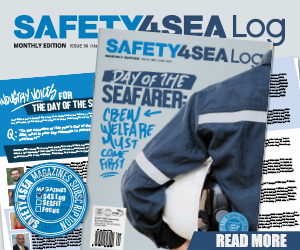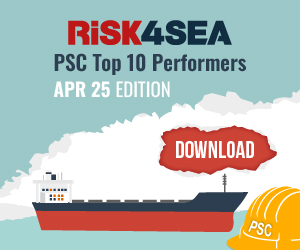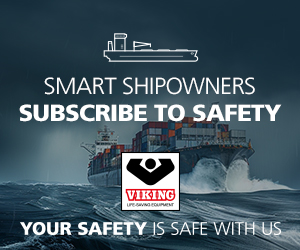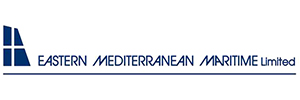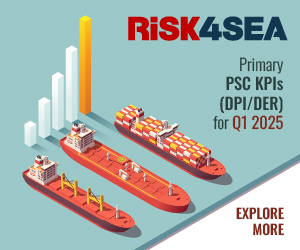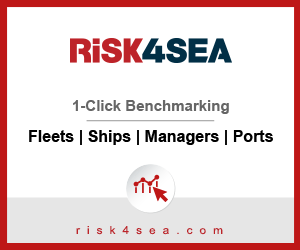In advance of the IMO Day of the Seafarer’s focus on ‘My Harassment-Free Ship’, Sailors’ Society has launched a maritime first – a ‘State of the Industry Snapshot’, a report focused on bullying and harassment at sea.
The Snapshot is packed with previously unpublished statistics, including those gathered from the maritime charity’s global cadet and ratings conferences and its Peer-to-Peer Support Groups. It also contains the lived experiences of seafarers themselves with data and commentaries from some of the leading organisations and experts who work in this field, including Human Rights at Sea and Safer Waves.
With its foreword from the Secretary-General of the IMO, Arsenio Dominguez, the Snapshot reveals a worrying picture. Active seafarers are up to 10 times more likely to experience and witness bullying compared to those who have never been to sea.
Let us embrace this call for urgent action and pledge to make every ship harassment-free. Our seafarers deserve nothing less than a safe, inclusive, and supportive workplace.
…Arsenio Dominguez, Secretary-General, IMO, urged.
Cadets and ratings: Experience of bullying and harassment
Have you ever experienced or witnessed bullying and harassment? Did you report it?
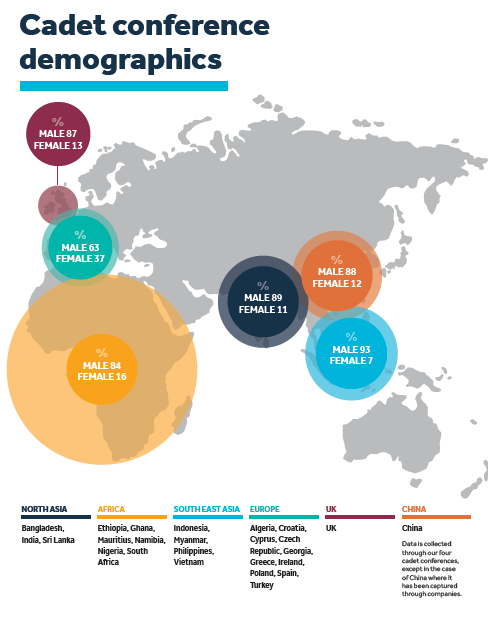
It is clear from the data that gender and regional differences significantly influence the prevalence and reporting of bullying and harassment. Females in many regions are disproportionately affected. For instance, in Africa, the percentage of females experiencing bullying is more than double that of males.
Similarly, in South East Asia, females are twice as likely to experience bullying compared to males. And female reporting rates often exceed those of their male counterparts, particularly in South East Asia and the UK. Gender disparities in witnessing bullying are less pronounced, but still evident.
Reporting remains a critical area of focus, with regions like China and the UK leading in willingness to address incidents, setting a benchmark for others.
Comparing experiences of those who have not been at sea with active seafarers
These statistics paint a damning picture of the seafaring industry. Active seafarers in different regions are two, three or even 10 times more likely to experience and witness bullying compared to those who have never been to sea. This glaring disparity is a black mark on the very system that should be safeguarding its workforce.
It reveals an industry environment where bullying is not only pervasive but seemingly normalized within the confines of seafaring life.
Equally alarming is the stark gap in reporting between active seafarers and those who have not been to sea. Despite facing significantly higher rates of bullying and harassment, active seafarers are far less likely to report these incidents. This troubling trend suggests a culture of silence, fuelled perhaps by fear of retaliation, lack of support, or a belief that reporting will lead to no meaningful action.
Categorization of the type of abuse/bullying and harassment
The respondents reveal widespread issues of verbal abuse, physical aggression, social exclusion, cyberbullying, and sexual harassment in the maritime industry, varying by region. These challenges highlight a deeply ingrained problem that compromises safety and wellbeing. Immediate action is needed to foster a respectful and inclusive culture, enforce policies, and ensure accountability across all levels.
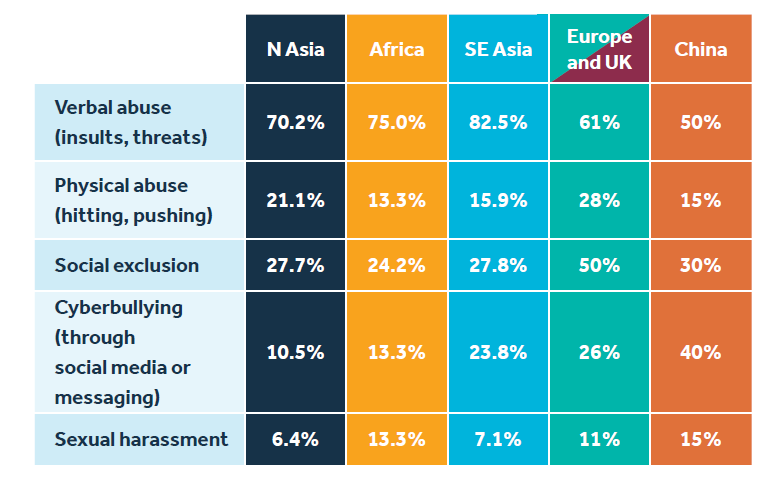
Reasons for not reporting
The data highlights significant barriers to reporting bullying and harassment in the maritime industry, revealing a troubling reliance on individuals handling incidents themselves rather than seeking formal resolutions. Fear of retaliation and a widespread belief that reporting would lead to no meaningful change indicate a systemic failure to build trust and accountability within the industry.
A lack of clear reporting channels and knowledge about how to report further exacerbates the issue, leaving many seafarers feeling isolated and unsupported. These challenges highlight an urgent need for robust reporting mechanisms, greater transparency, and a cultural shift to empower seafarers to speak up without fear or scepticism. Without these changes, the industry risks perpetuating a cycle of silence and inaction.
Outcomes of reported incidents
It is highly concerning that the number of reported issues being fully resolved is alarmingly low across the maritime industry. In several regions, a significant proportion of reported incidents are either only partially addressed or entirely ignored. This indicates a systemic failure in effectively handling cases of bullying and harassment, which can erode trust in the reporting process and discourage seafarers from coming forward in the future.
The lack of satisfactory resolutions not only perpetuates harmful behaviours but also undermines efforts to create a safe and supportive working environment. Immediate action is necessary to strengthen response mechanisms, ensure accountability, and restore confidence that reporting will lead to meaningful change.
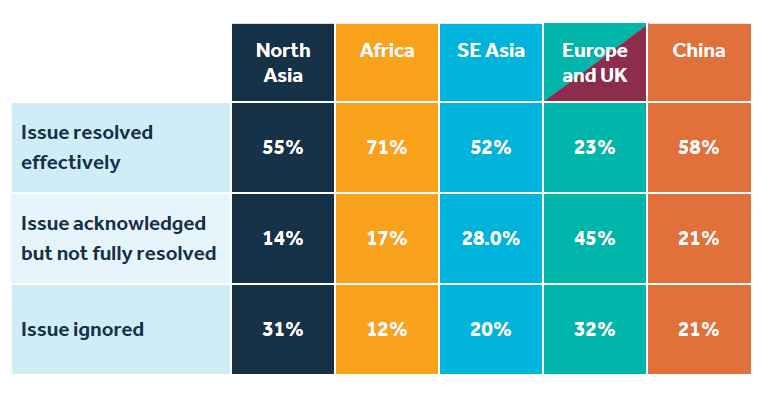
This Snapshot is unique in providing the most comprehensive and current insight into bullying and harassment at sea. It highlights to the wider maritime industry the challenges it faces and provides simple solutions that can help foster an inclusive and respectful culture that ensures a safe and welcoming environment for seafarers.
…said Sara Baade, CEO, Sailors’ Society.








































